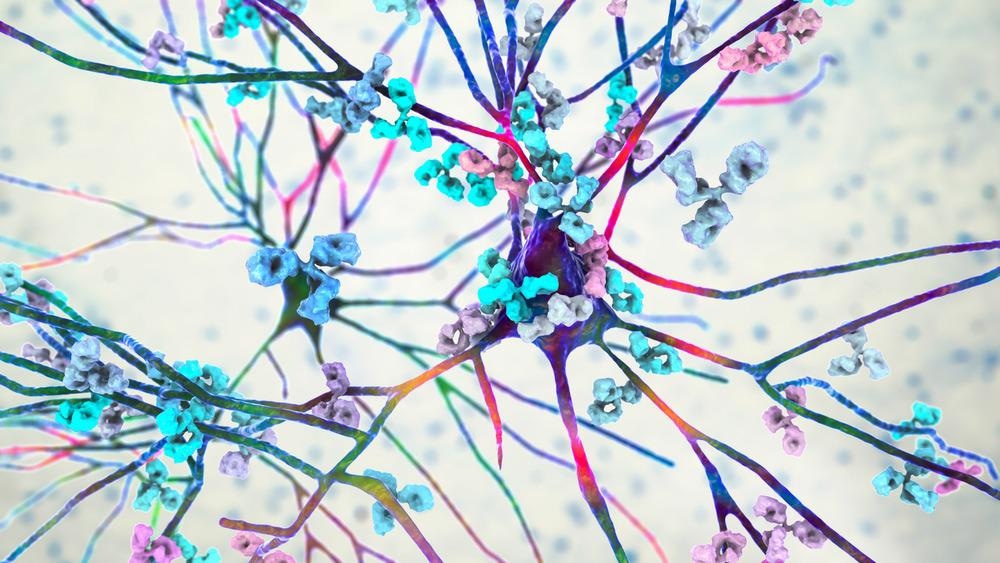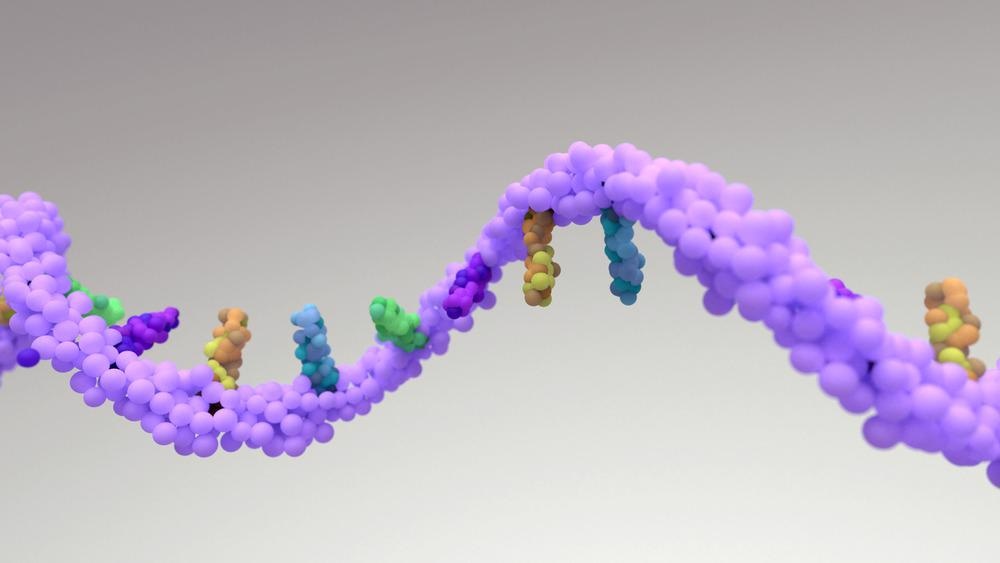In this interview, we speak to Professor Joseph Powell from the Garvan Institute about his latest research that investigated the use of immune 'fingerprints' to treat autoimmune disease.
What inspired your latest research into autoimmune disease?
Our laboratory aims to identify genetic drivers of autoimmune disease and use this genetic information to design effective treatments for patients. We view this research as a first step to doing so.
According to statistics, around 4% of the global population is affected by an autoimmune disease. Often, these diseases are easy to diagnose but difficult to treat. Why is this?
Unfortunately, there is no cure for any autoimmune diseases. Currently, patients are offered drugs either to relieve their symptoms or slow the progression of the disease. Often these drugs are not disease-specific and not effective in all patients. So, a patient may be prescribed a medication that will not necessarily work for them and may need to change over time.

Image Credit: Kateryna Kon/Shutterstock.com
You have discovered a new technique to rapidly identify effective treatment options for various autoimmune diseases in your latest research. Can you describe how you carried out this research and what you discovered?
We have created a library of over one million cells from 1000 individuals and identified genetic markers linked to autoimmune diseases, including type I diabetes, multiple sclerosis and rheumatoid arthritis, to name a few.
We identified genetic markers predisposing an individual to disease and evaluated the gene activity in each subtype of circulating immune cells. Studying the relationship between genetic markers and gene activity in particular cells can allow us to develop disease-specific treatment options.
What technology made your research possible? What advantages did this technology have over others?
We conducted this research using single-cell sequencing, a new technology that allows us to detect changes in the genomic profiles of individual cells. There is an analogy explaining the benefit of this technology. Let’s say there is a smoothie on the table. If you take a sip from a smoothie, you’ll taste a combination of all the ingredients. You might be able to guess that the smoothie contains oranges, apples, and a bit of strawberry. But you might miss the blueberries and mango that were also used.
Then I ask you to tell me the ratio between the different fruits used for the smoothie? You will respond by saying you need another, more advanced method than just your taste to precisely determine your smoothie ingredients. Similar to this analogy, single-cell sequencing is more potent than conventional bulk RNA sequencing.
With bulk RNA sequencing, you generate information on the DNA instructions of thousands to millions of cells at once. This means that the DNA instructions you count are the average of all the cells combined.
How could your technique potentially be used to help guide the development of new drugs to treat various autoimmune diseases? What impact could this have globally?
We make the library we generated available to other researchers as it is often not possible for others to access samples from a large number of patients. To this end, this resource we developed in Australia will pave the way for new drug development and repurposing of currently available drug treatments for autoimmune diseases.

Image Credit: Design_Cells/Shutterstock.com
What benefits will your immune ‘fingerprint’ technique have not only for the patients themselves but for healthcare settings also?
If we can tailor treatments for patients, this will also reduce the burden of autoimmune diseases, thus requiring specific care for these patients in other healthcare settings.
Your latest research relied on single-cell sequencing, a relatively new technology, to detect these subtle changes in individual cells. How important are new technologies to the life sciences sector and making these discoveries possible?
They are very important. The research and development of new technologies are imperative to medical research progress.
With the life sciences and healthcare sector advancing rapidly, are there any particular areas people should be paying special attention to? Are there any start-ups/companies you are particularly interested in watching evolve?
Industry-academia partnerships are new business models that need to be supported and encouraged.
What is next for you and your research?
The next step is to harness this library with other available information on genetic markers of autoimmune disease and scan against databases of approved drug targets already proven to be safe and effective to find suitable matches. Part of our published research is funded by Australian National Health and Medical Science Council, and now we are seeking further funding for this next step.
About Professor Joseph Powell
Professor Powell is the Director of Cellular Science at the Garvan Institute for Medical Research and a Deputy Director of the UNSW Cellular Genomics Futures Institute. His research is focused on understanding the functional mechanisms by which genetic variants contribute to disease susceptibility at a cellular level and ultimately achieve therapeutic and diagnostic outcomes. He has led capacity and community building in cellular genomics technology Nationally, establishing Platforms and Research Centres in Brisbane and Sydney and co-founding the Oz Single Cell conference.